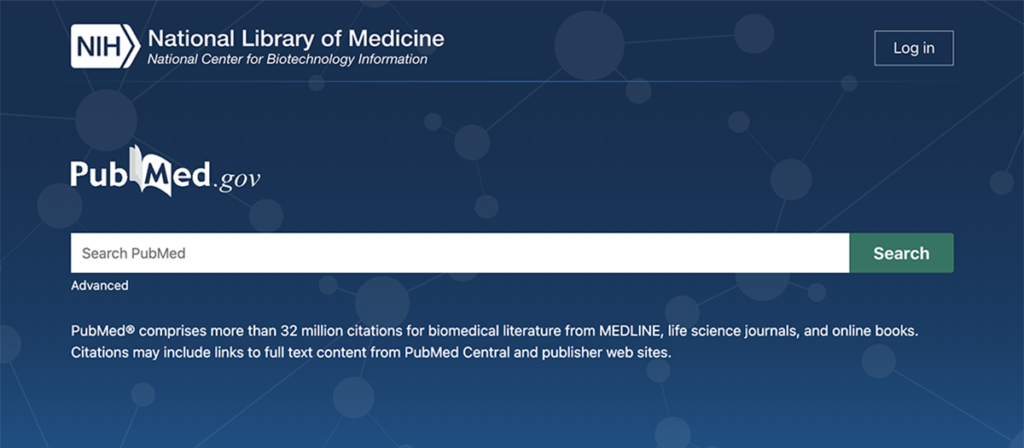In the realm of evidence-based medicine, review articles play a pivotal role in synthesizing and presenting current scientific findings. Whether it’s for clinical guidance or academic reference, review articles distill vast amounts of research into concise, reliable insights. This guide will walk you through the essentials of writing review articles, covering types, structure, methodologies, and formatting—everything you need to craft a review article that resonates with both experts and beginners.
Understanding Review Articles
A review article critically evaluates existing research to present the current state of knowledge on a particular topic. Effective reviews summarize core findings, reference essential works, highlight debates, pinpoint knowledge gaps, and suggest directions for future research. They serve as an educational bridge, translating scientific data into actionable insights, making them essential in the medical field and beyond.
Types of Review Articles
In recent years, the types of review methodologies have expanded significantly. A comprehensive categorization by Sutton et al. identifies 48 types, grouped into seven categories:
- Traditional Reviews: General overviews on a topic without strict methodologies.
- Systematic Reviews: Rigorous, structured reviews focusing on specific questions and study types.
- Review of Reviews: Summarizes findings from multiple review articles.
- Rapid Reviews: Quickly gathered reviews for timely topics.
- Qualitative Reviews: Synthesizes qualitative studies.
- Mixed-Method Reviews: Combines quantitative and qualitative studies.
- Purpose-Specific Reviews: Tailored for niche objectives in specific fields.
Among these, traditional reviews and systematic reviews are the most frequently used in the medical sciences.
Traditional vs. Systematic Reviews
Traditional reviews cover broad aspects of a topic, offering a general assessment without standardized methodologies. Examples include narrative reviews, integrative reviews, and critical reviews. These reviews provide context, history, and opinions without adhering to specific reporting guidelines.
Systematic reviews follow structured protocols to answer a well-defined question. They emphasize reproducibility and objectivity, focusing often on study types like randomized controlled trials. Systematic reviews aim to eliminate bias and are foundational in developing clinical guidelines. A popular subset is the meta-analysis, which uses statistical methods to combine study results.
Crafting a Review Article
Essential Steps
- Select the Review Type: Choosing the correct type of review depends on your objective. For medical or scientific purposes, systematic reviews offer detailed rigor, while traditional reviews allow for broader insights.
- Follow a Structured Format: Most reviews follow the IMRaD (Introduction, Methods, Results, and Discussion) format, a widely recognized structure that ensures clarity and flow.
- Use Predefined Methodologies: Transparency in the methods section is crucial. Readers should understand the scope and criteria you used, enabling future replication of your review with updated studies.
- Utilize International Guidelines: Resources like PRISMA, Cochrane, and JBI provide robust frameworks, particularly useful for systematic reviews. They guide every step, from the planning phase to reporting standards, ensuring consistent, unbiased presentations.
Key Sections of a Review Article
Each section of a review article has distinct requirements to achieve a coherent, informative outcome. Here’s a breakdown:
1. Title
The title is the first impression and should be clear, engaging, and reflective of the content. For increased search engine visibility, incorporate relevant keywords.
2. Introduction
In this section, establish the purpose of the review and the topic’s significance. Outline recent developments and highlight why this review is necessary. It’s helpful to reference previous reviews and explain how this one fills gaps or offers a unique perspective.
3. Methods
Clearly explain your methodology, including keywords, databases used, timeframes, and selection criteria. For systematic reviews, follow PRISMA or similar frameworks for transparency and reproducibility. Even traditional reviews benefit from a well-defined approach to boost credibility.
4. Results
Present findings with a flowchart showing the screening process, as described by the PRISMA guidelines. Literature summary tables can make results digestible, detailing each article’s method, framework, and key contributions. This section should allow readers to evaluate the quality and relevance of the included studies quickly.
5. Discussion
The discussion is your analysis and interpretation of the results. Discuss strengths, limitations, and any gaps or biases. An effective discussion synthesizes findings, provides expert opinions, and offers insights into future research directions. Remember to acknowledge limitations, both in the included literature and in your methodology.
Formatting Essentials
Adhering to a structured format is crucial for professionalism and readability. Here’s a rundown of the main formatting components:
- Title Page: Include a descriptive title, a concise abstract (up to 250 words), and 4-6 keywords.
- References: Use the required citation style (e.g., APA or MLA) to format your bibliography accurately.
- Tables and Figures: Include these for clarity, particularly in the results section, and provide captions and explanations where necessary.
If you’re unsure about specific formatting guidelines, confirm with the publication or instructor. Consistency and clarity in formatting enhance the article’s accessibility.
Writing Tips for Effective Reviews
Writing a compelling review article involves critical reading, analysis, and synthesis:
- Summarize: Convey the article’s main points without overloading details.
- Analyze: Identify the strengths and weaknesses within each study or viewpoint.
- Evaluate: Assess gaps, contradictions, or questions left unresolved.
- Synthesize: Combine your findings into a cohesive narrative that adds value beyond the sum of its parts.
Final Steps: Proofreading and Quality Assurance
Before submission, thoroughly proofread your review. Look for grammatical errors, coherence issues, and alignment with guidelines. A polished review article should be engaging, logically organized, and free from technical errors.
Post-Writing Checklist
- Grammar and Style: Correct any language errors to ensure clarity.
- Citations: Double-check all references for accuracy.
- Completeness: Confirm all essential sections are included, from the introduction to the conclusion.
- Structure: Ensure your article follows a logical flow, with a clear progression from one section to the next.
Conclusion
Writing a review article requires a thoughtful, structured approach to evaluate existing literature effectively. By adhering to proven methodologies, understanding different review types, and using a structured format, you can produce a review article that not only informs but also guides further inquiry and practice. High-quality review articles are invaluable resources, bridging the gap between research findings and practical application.


